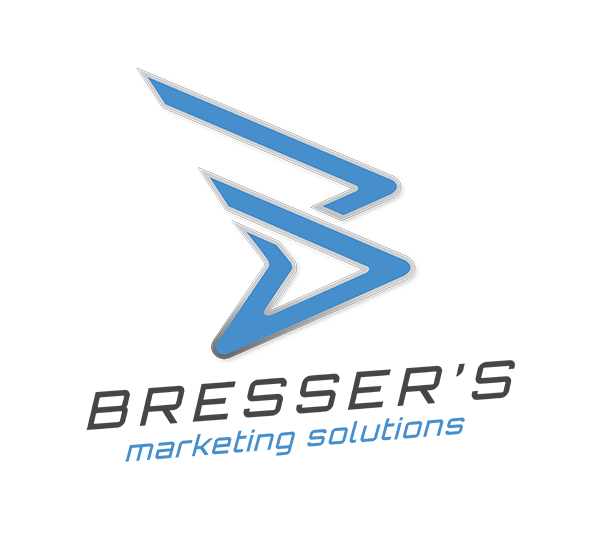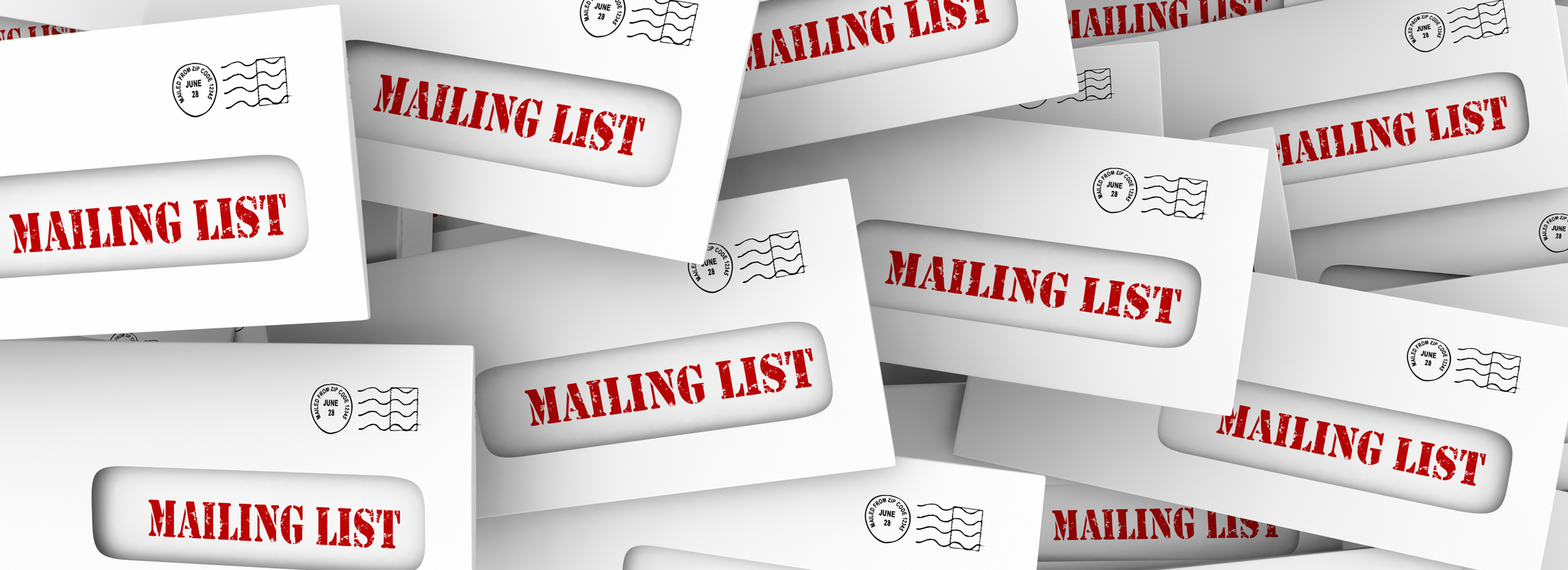11 Direct Mail Design Ideas
Opps really this should be titled 6 important questions that need to be answered before you can create a great mail piece and 5 items you need to be aware of to get the most out of your mail campaign. When we are consulting with our clients regarding their mail pieces, this includes; postcards, self-mailers or letters in envelopes, we always start the process with these questions in mind.
1. What am I trying to promote
What are you trying to promote? Are you looking to invite prospects to your neighborhood business? Increase attendance at a financial planning seminar? Sell a particular good or service? Identifying the purpose on the mailpiece will speed up creation and bring better clarity to your message.
2. Who is my audience
What does your perfect client look like? Are they a resident or business? Do they owe a home, are they a certain age or income, do they live close to your business, do they have certain interests or activities? Once you’ve established your perfect audience, you can purchase or rent a mailing list with matching characteristics. See our business list and consumer list for examples of the selections available to best target your audience
3. How do I write my headline
The headline of your mail piece needs to communicate the most compelling reason for the client to take action. Think pain, what pains are they experiencing that you can fix? Cultivate a great pain question or give a solution to a known problem that all of your prospects have. Often times your receptionist or salespeople already know the best headline. Your existing customers call up and ask them do you have “X” can you fix “Y” and then explain why it’s so important to them. That client’s explanation is the genesis of your headline. If your headline is relevant and compelling enough, your prospects will take ownership of their pain and read every word on your mail piece.
Placement:
Over-sized postcards or shelf mailers the most valuable real estate is on the address side, above the 4.125” mark. The reason for this is, the #10 envelopes that all of your bills and correspondence are mailed in are 4.125” tall. Your prospect will see your headline above their bills and will grab your mail piece first and read it while they have the longest attention span for that task.
Letter mail, keep your headline to the top of the letter; you need to build the pain. Bring the Pain then solution then credibility then call to action.
4. What is the value proposition or offer for my prospect
What, exactly are the benefits to the prospect for responding to your mail piece? Why should they take action and respond to your mail piece? Are the goods, services, or events compelling enough on their own to generate a lead, or does it need a discount or other incentive to trigger a response?
5. What images should I use
A picture can say a thousand words. Use images to motivate a response, build more pain, educate the prospect on your solution to their pain. Pictures of the outside of your buildings, your fleets of vehicles, or your staff typically are only good for re-enforcing brand & credibility, they are not big motivators to respond, so use them accordingly.
If you don’t have an image of your own, look to your product or service vendors they often have image libraries they share with their customers. There is always the option to buy stock images; they typically can be purchased for less than $20
6. How do I project credibility
Why should they trust you with their time & money? Why should they let you into their home or business? There are a number of items on a mail piece that will generate trust: company logo, how long you’ve been in business, professional certifications, industry awards, customer testimonials, your website address, pictures of your fleet, company pictures, etc. Again you are asking the prospect to respond to your offer, oftentimes the only image the prospect has about your company is acquired from this mail piece
7. Tracking
If possible, add a tracking element with an offer-specific landing page, special phone number, coupon code for purchases, or have them bring the card in with them when they visit your location. Successful tracking will help you scratch out more budget for your next mailing campaign.
8. Make your sales staff and receptionists aware
Let everyone in your organization know about the mailing, the offer(s) included. The more they know the better they will be able to manage the new inbound leads Many of great mail campaigns have been marginalized by employees not knowing what the prospects are talking about. Simple but often overlooked.
9. Design Your Card
Now that you know have assembled all the essentials elements, you’re ready to design your card. Don’t fill a mail piece with long explanations of why the prospect should do business with you. Clutter kills remember to keep it simple:
The following are essential on every mail piece
- Powerful headline /pain statement
- Use bullets when highlighting a list of goods or services no more than 4 bullets.
- Solid Offer
- Only add an image or logos that will actively motivate your prospect to respond
- Customer testimonials, whenever possible have the testimonial(s) reflect the solution to your headline/pain statement. Two testimonials max
- If you want the clients to visit your location create small very simple map so prospects can visualize your location. This is also a great way to build on your brand, as clients will look for your business at your location even if they don’t use you right away.
- Credibility statement/ elements
- Contact info – phone address web, e-mail. We have found adding a specific name for the prospect to ask for will move some of the prospects off the fence into action.
- Phone numbers are shown on both side of a mail piece if possible
- Call to action
With a postcard use the back/address side to create pain/interest/ownership of a problem and limited credibility statements, use the front of the postcard to educate the prospect so they can make an intelligent decision even if that decision is simply initiating contact with your company.
With a self-mail use the address side to create pain/interest/ownership of a problem and the front side to build on pain and solution. Then use the inside layout to again build pain, strong solution/value proposition, then educate them so they can make an intelligent decision even if that decision is simply initiating contact with your company.
Other important items to be aware of:
- Address Block – size and placement Standard Auto-letter
- Fold location on self-mailers
- Saving images and colors as CMYK
- Saving creative files correctly. Commercial printers typically need files saved in high-res .pdf format.
- Always add appropriate bleeds.
10. Printing
We can handle your printing or you can bring us your mail piece ready for tabbing, inserting, and or addressing. Always order at least 10% more print than you need for your mailing. Note on smaller quantities (typically less than 10,000 pieces) your mail piece will be gang-run (printed on the same large press sheet with other jobs) then cut down and boxed accordingly. The value to you is it saves you money on setups. The downside is you are typically buy in increments of 2,5000 pieces. The gang run savings typically out ways the additional mail pieces you may need to recycle.
11. Mailing
Correctly presorting and addressing of your mail pieces can save you at least $42 per thousand and often considerably more. Give us a call to go over what your best mailing solution might be.
Additional information that will help with your direct mail design:
Good luck with your mail campaign! When you have completed your mail piece email us a copy of the print-ready file. We will look it over and give you a free direct mail piece design review.
Give us a call with any questions (800) 995-0570



